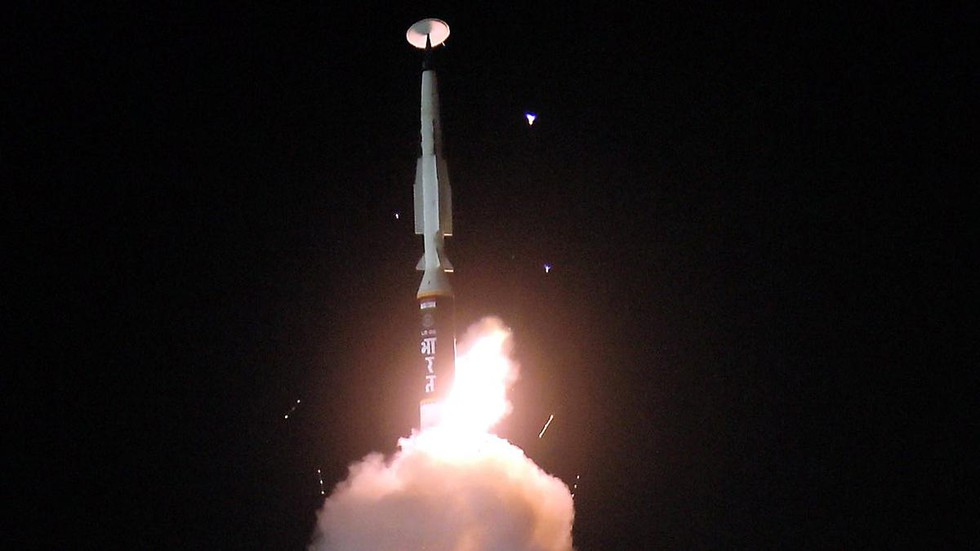The European Space Agency (ESA) has recently unveiled its Moonlight Lunar Communications and Navigation Services (LCNS) Programme during the International Astronautical Congress. This ambitious initiative is set to transform how we explore and operate on the Moon, focusing on establishing reliable communication and navigation systems that are essential for sustainable lunar missions. In this article, we’ll delve into the key components, objectives, and implications of the Moonlight Programme.
What is the Moonlight Programme?
The Moonlight Programme is ESA’s first dedicated effort to create a satellite constellation specifically for telecommunications and navigation services on the Moon. This program aims to support a variety of upcoming missions and facilitate a sustainable human presence on the lunar surface.
Key Features of the Moonlight Programme
1. Satellite Constellation:
- The Moonlight Programme will deploy a constellation of five lunar satellites. This includes one satellite focused on high data rate communications and four satellites dedicated to navigation.
- These satellites will enable precise and autonomous landings, crucial for the safety and success of lunar missions.
2. Data Transfer Capabilities:
- The satellites will facilitate data transfer over an extensive range of 250,000 miles (approximately 400,000 kilometers) between the Moon and Earth. This capacity is vital for real-time communication, data sharing, and telemetry during lunar operations.
3. Focus on the Lunar South Pole:
- A major emphasis of the Moonlight Programme is providing coverage for the Moon’s South Pole. This region is particularly important for scientific exploration due to its unique lighting conditions and the potential presence of water ice in permanently shadowed craters.
- Many upcoming missions are targeting this area, making reliable communication and navigation services essential.
Launch Timeline and Initial Steps
The initial phase of the Moonlight Programme involves launching the Lunar Pathfinder, a communications relay satellite built by Surrey Satellite Technology Ltd. This launch is scheduled for 2026. Following this, the programme aims to begin offering initial services by the end of 2028, with the goal of becoming fully operational by 2030.
International Collaboration: LunaNet
ESA is not working alone; the agency is collaborating with NASA and the Japan Aerospace Exploration Agency (JAXA) on a framework known as LunaNet. This initiative seeks to standardize communication and navigation systems for lunar missions, ensuring interoperability among various space agencies and private companies involved in lunar exploration.
Why Is the Moonlight Programme Important?
1. Enabling Sustainable Lunar Presence:
- Establishing a reliable communication and navigation network is crucial for maintaining a sustainable human presence on the Moon. It allows for efficient mission planning, data collection, and operational coordination.
2. Fostering Global Collaboration:
- The Moonlight Programme embodies the spirit of international cooperation in space exploration. By working with NASA and JAXA, ESA is setting a precedent for collaborative efforts in future lunar missions.
3. Supporting Scientific Research:
- The communication and navigation capabilities provided by the Moonlight Programme will enhance scientific research by enabling more complex and ambitious lunar missions. This could lead to significant discoveries related to the Moon’s geology, potential resources, and its role in the solar system.
Conclusion
The ESA’s Moonlight Programme represents a pivotal advancement in our approach to lunar exploration. By establishing a dedicated satellite constellation for communication and navigation, ESA is not only enhancing our ability to explore the Moon but also laying the groundwork for future missions that may one day lead to a sustained human presence on the lunar surface. As we venture into this new era of space exploration, the Moonlight Programme promises to be a cornerstone in our efforts to unlock the mysteries of our celestial neighbor.





